Greenwich homeless households reach new record high above 1,500
A new record has been set for homeless households placed in emergency and temporary accommodation according to the latest figures in a Greenwich council report.
Numbers are up nearly 200 in a year from 1340 to 1528 at the end of June 2021, contributing to a £3.6 million budget overspend. That isn’t the total cost of homelessness which is vastly more, but the latest additional increase above budgeted plans.
As an example, Lewisham borough spent £109 million on emergency housing over four years.
Numbers of homeless households have grown sharply in recent years.

The increase from 740 in 2018 to 1,528 in 2021 is a major reason this site has called on Greenwich council to build at higher density in certain areas where appropriate.
Greenwich have trumpeted building low-density housing in mid-density areas such as near Plumstead station, including a large space for car parking.
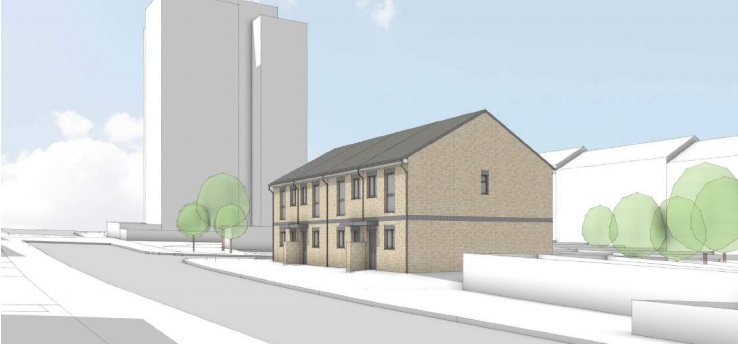
Ironically they went big on sustainability in PR at the site, though building few homes in London on sites near good public transport ensures sprawl and in some cases, car-dependent housing.
Just last week another plan in Plumstead was approved which allocated land for substantial car parking in place of additional housing and play space.
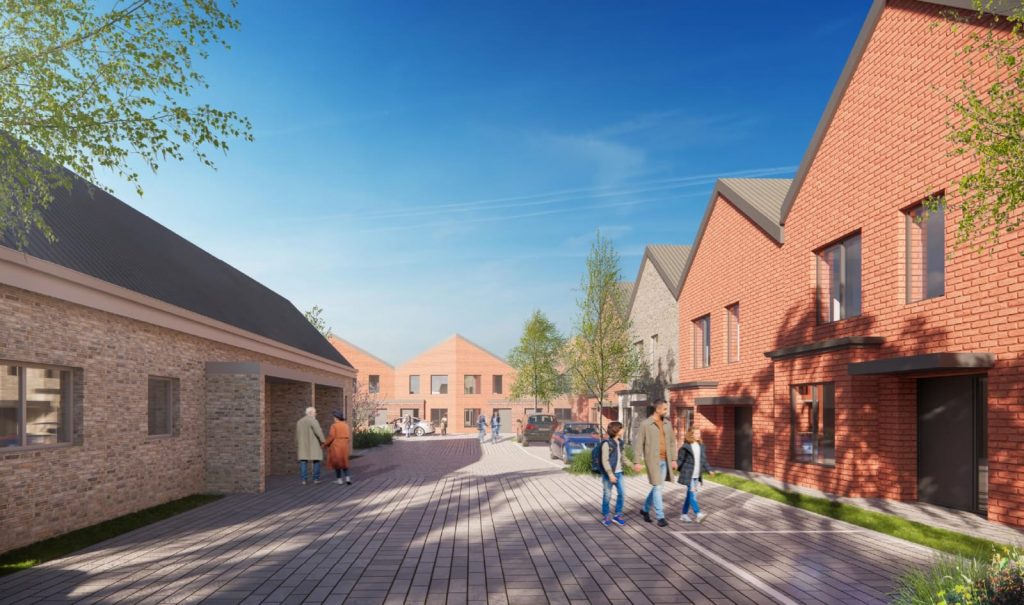
It also brings into question the very low number of new council housing proposed as part of the new Woolwich leisure centre.
There will be 51 council homes out of 500 – though 27 are replacements for existing homes bringing a net addition of just 24. Greenwich Council’s press release brushed that over in an announcement last week.
And yet another story covered on this site just this week shows “affordable” homes can reduced by 525 if Silvertown Tunnel is delayed beyond 2025, in an agreement signed between Greenwich Council and Knight Dragon in November 2020.
External Funding
Sadiq Khan also announced a multi-billion pound package last week for new “affordable” homes, yet 43 per cent of homes across London funded by the project are not social homes despite growing need and cost to local authorities.
It could be that central Government insisted on that though Khan’s press release gives no indication that is the case.
Greenwich’s allocation will see 230 social homes, which is barely enough to keep up with one year’s number added to the emergency housing total, let alone 20,000 on the councils waiting list, and many in private lettings paying high rents.
In Greenwich borough those in private rentals grew from 19 per cent to over 30 from 2014 to 2020.

That has helped add to the near £10 billion housing benefit bill for those in private lettings across the country. That total doubled from 2006 to 2016.
Wages in many areas do not cover high private rents costs, and the taxpayer picks up the difference.
Many areas of public spending totalling over £22 billion a year would see extensive coverage (note how Crossrail at £2 billion per annum and HS2 at £3 billion per annum over total lifespans gain huge coverage and scrutiny) but housing gets a free pass from many in the media and politicians. Vested interests?
Crossrail costs less than £19 billion spread over 12 years of construction. In that time housing benefit costs are around £200 billion.
Housing Associations are also failing in their duty to provide homes. Peabody have built just 70 homes out of 1,300 across Greenwich borough Housing Zones since an agreement was signed in 2015.
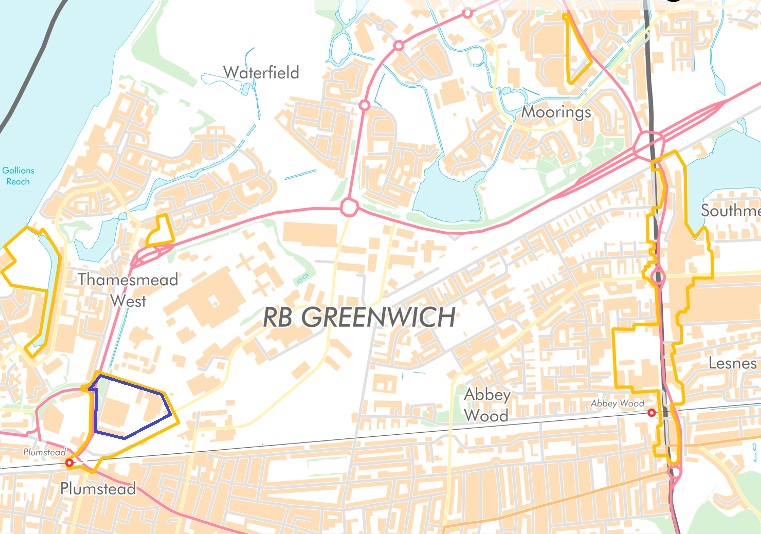
Lastly, and most importantly, central Government make it extremely difficult for councils to build.
Right to Buy has greatly expanded in the past decade and seen much public housing stock lost. The policy was introduced by the Conservatives in the 1980s, remained under Labour for 13 years with reduced benefits, then ramped up again under the coalition of Tory and Lib Dem.
Council’s now retain money which didn’t happen in the 1980s, but can only allocate 30 per cent to any housing given project from Right to Buy income necessitating finding 70 per cent from other sources which hampers new projects.
Council’s must find also spend in partnership within three years of receipt.
A cost effective method would be partnership with housing associations. What has mainly happened is market homes are purchased at high cost, and council’s competed and often pushed out first time buyers.
Many council’s are doing it (Greenwich have spent more than £100 million for example) and Sadiq Khan is now hailing it as a good solution.
Selling a home cheaply through right to buy then buying back at vastly higher cost is great for those selling and landlords (a large number of former council homes are now owned by private landlords) but extremely poor value for taxpayers. It also adds precisely zero new homes to total housing stock.
It may have been understandable in the early 2010s when the 30 per cent cap was introduced, but almost a decade later authorities should have drawn up agreements and have frameworks in place to ensure their 30 per cent can operate alongside 70 per cent external funding.
In many places that hasn’t happened, and so the net total of new council homes built is low and costs to taxpayers high and increasing. Landlords are doing well from the whole housing mess, and guess what, a large percentage of politicians from all parties are landlords.
Running a site alone takes time and a fair bit of money. Adverts are far from enough to cover it and my living costs as a private renter.
You can support me including via Paypal here Another option is via Patreon by clicking here You can also buy me a beer/coffee at Ko-fi here There's also a Facebook page for the site here Many thanks

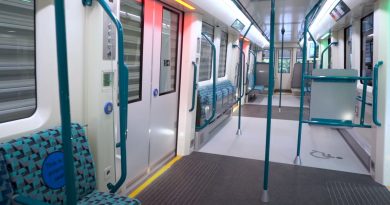
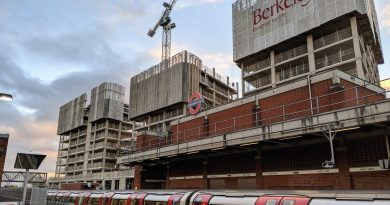
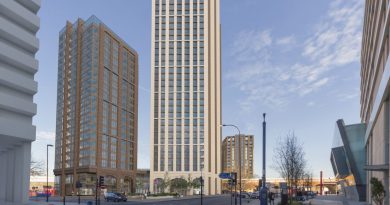
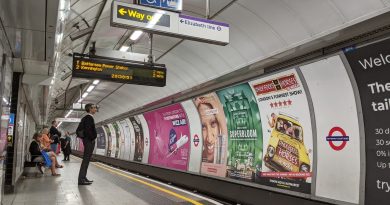
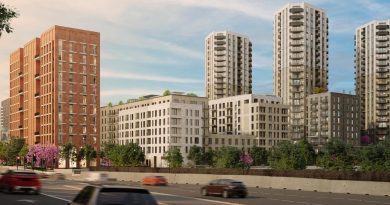

How many Greenwich politicians are landlords?
Many MPs are and much of the press rely on ads from developers and the property industry so you can’t trust much of it.
Housing in the UK is ultra super dodgy in terms of who gains and scrutiny. Any other issue costing public finances this many billions would be raked over far more by national media and politicians.
It does not help that it affects the young and poor who have little representation in media and politics.